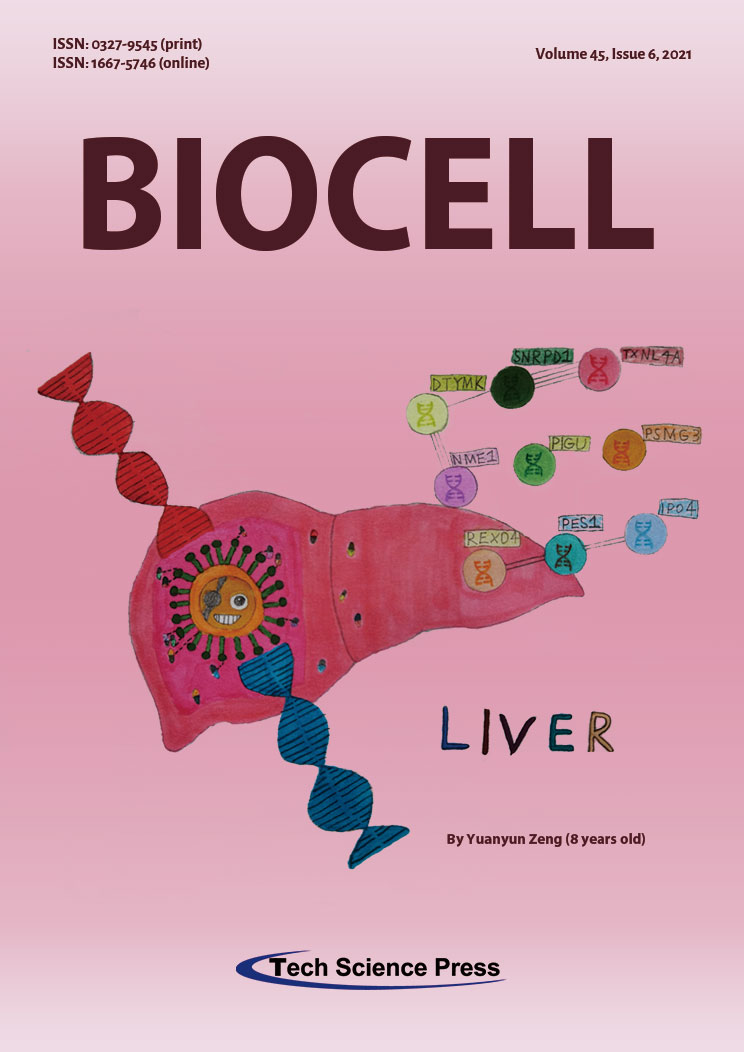Application of ferrous sulfate alleviates negative impact of cadmium in rice (Oryza sativa L.)
JAVARIA AFZAL1,2,#, XIUKANG WANG3,*, MUHAMMAD HAMZAH SALEEM4,#, XUECHENG SUN1, SHAHID HUSSAIN5, IMRAN KHAN6, MUHAMMAD SHOAIB RANA1, SHAKEEL AHMED7, SAMRAH AFZAL AWAN6, SAJID FIAZ8, OMAR AZIZ9, KASHIF ALI KUBAR10, SHAFAQAT ALI11,12, CHENGXIAO HU1,*
BIOCELL, Vol.45, No.6, pp. 1631-1649, 2021, DOI:10.32604/biocell.2021.014934
- 01 September 2021
Abstract Soil contamination with toxic heavy metals [such as cadmium (Cd)] is becoming a serious global problem due
to rapid development of social economy. Iron (Fe), being an important element, has been found effective in enhancing
plant tolerance against biotic and abiotic stresses. The present study investigated the extent to which different levels of
Ferrous sulphate (FeSO4) modulated the Cd tolerance of rice (Oryza sativa L.), when maintained in artificially Cd
spiked regimes. A pot experiment was conducted under controlled conditions for 146 days, by using natural soil,
mixed with different levels of CdCl2 [0 (no Cd), 0.5… More >
